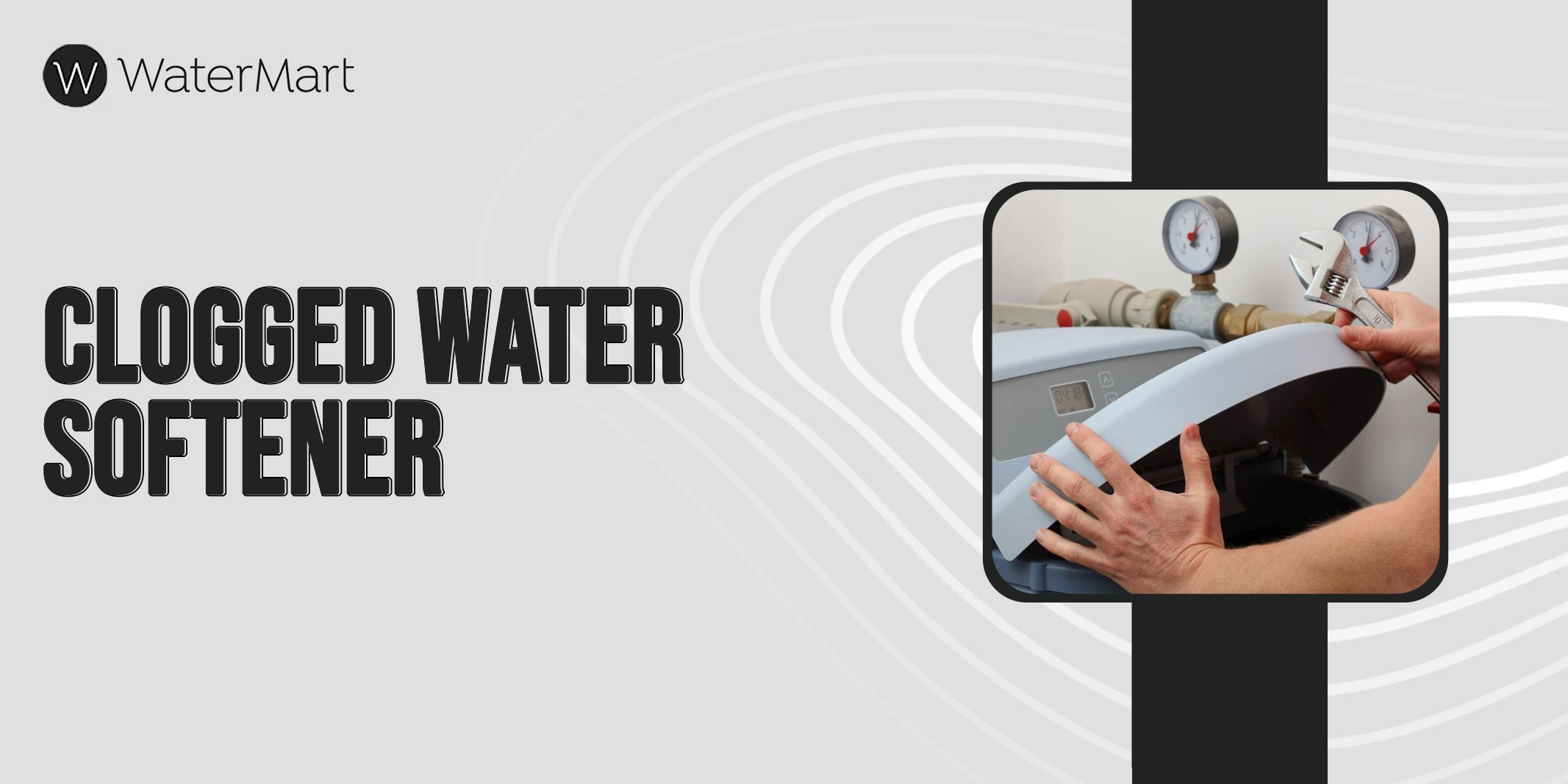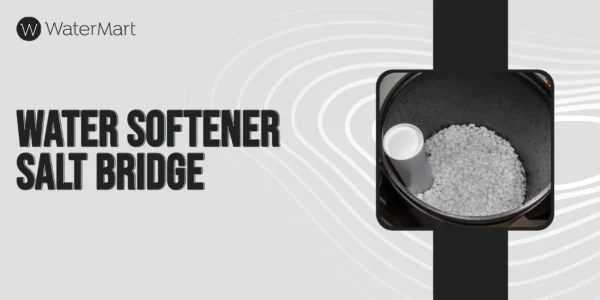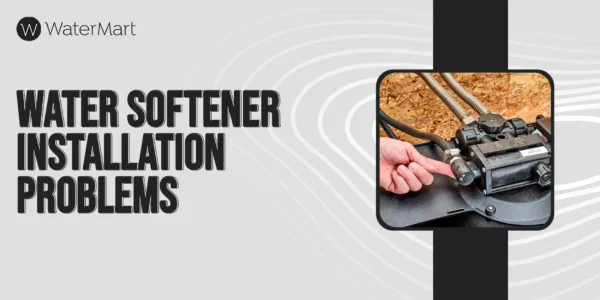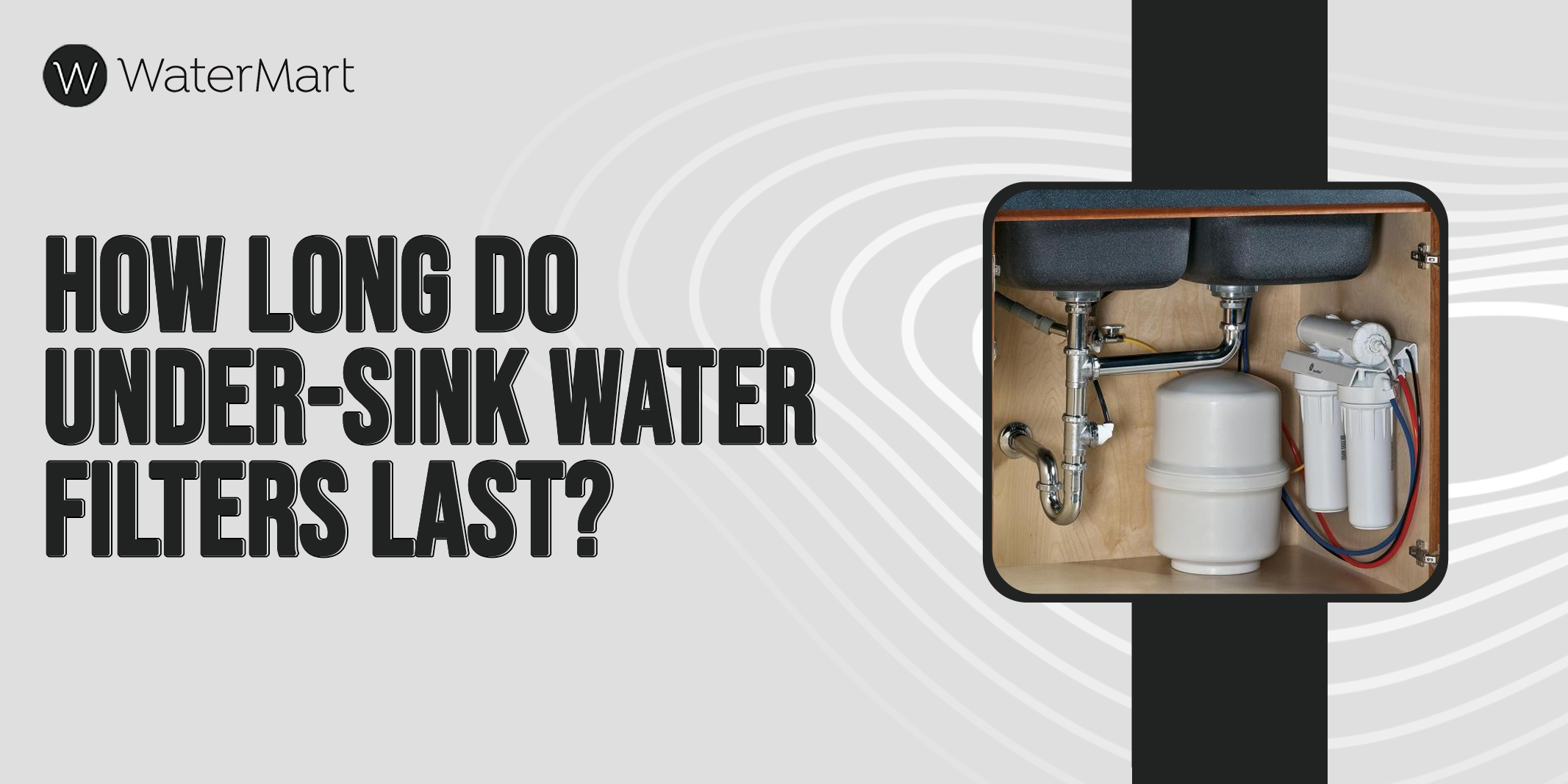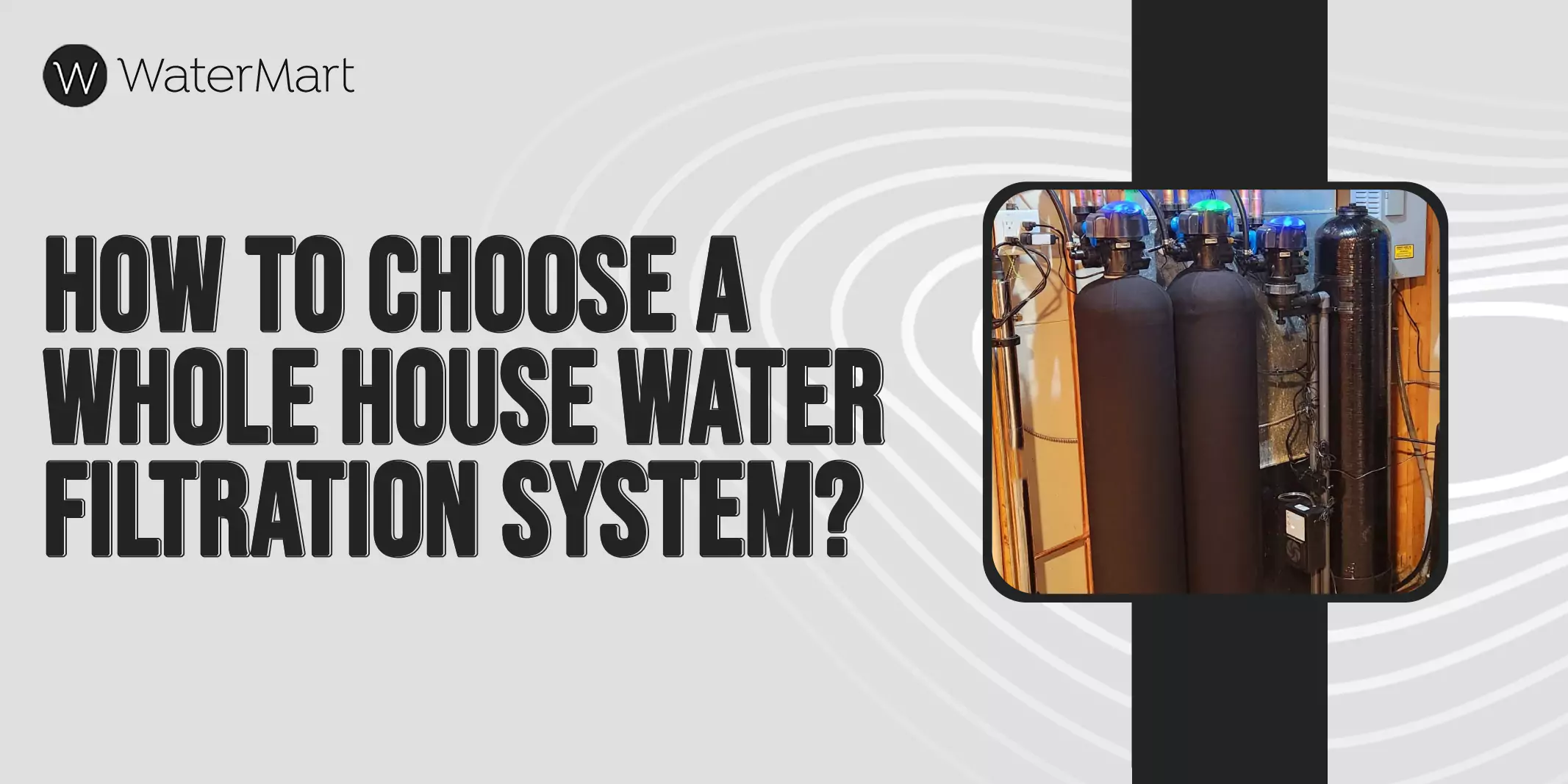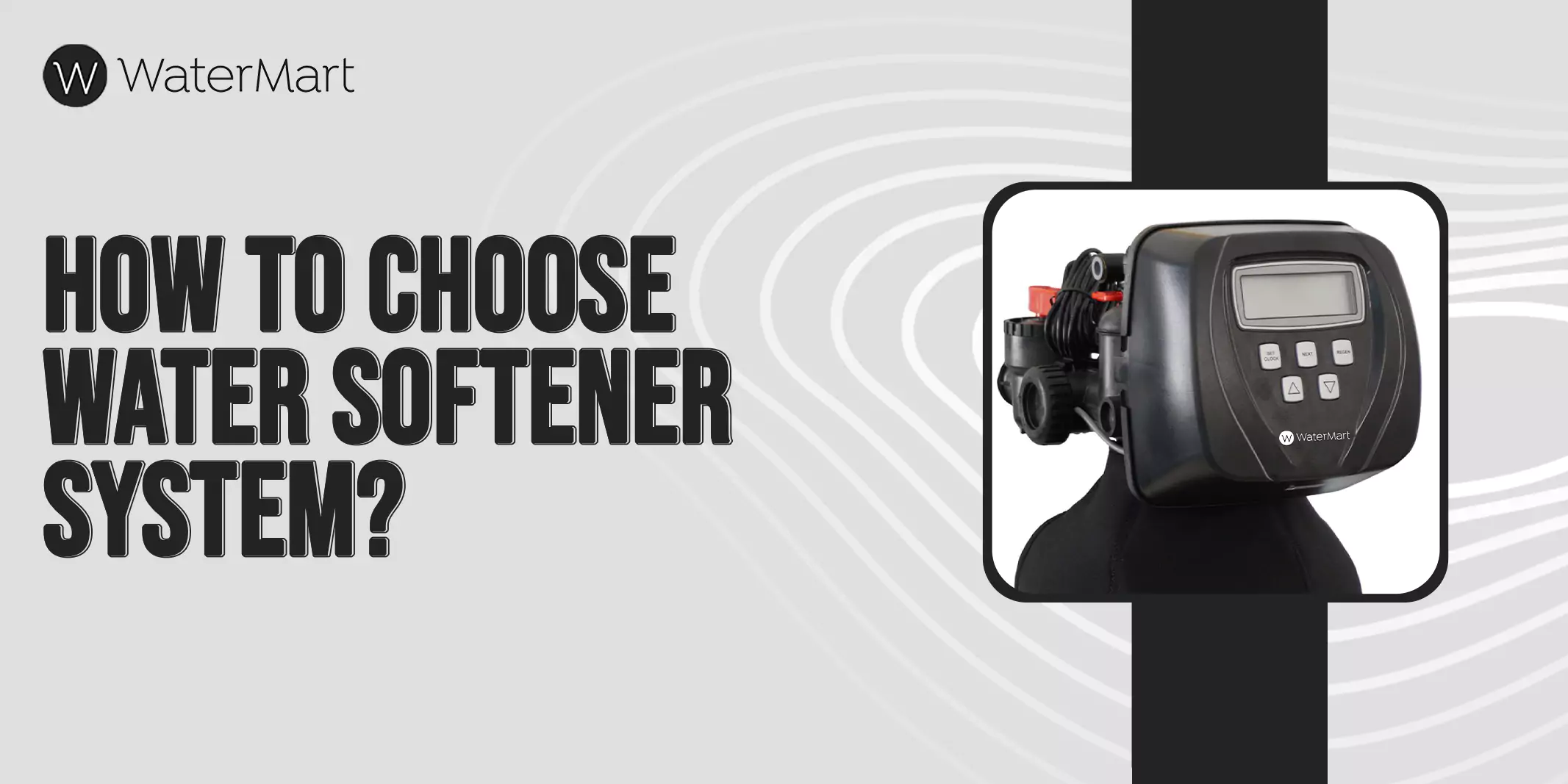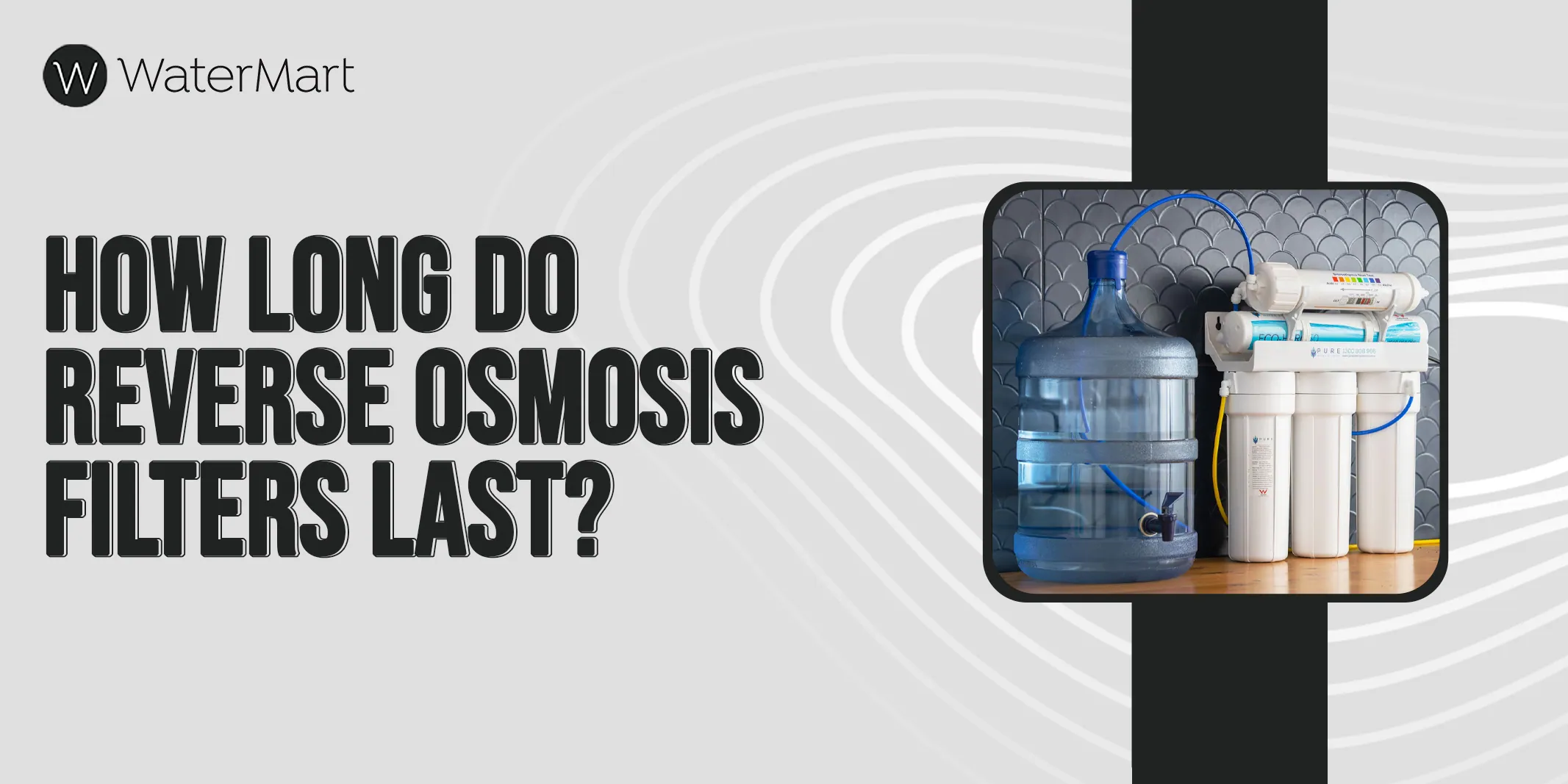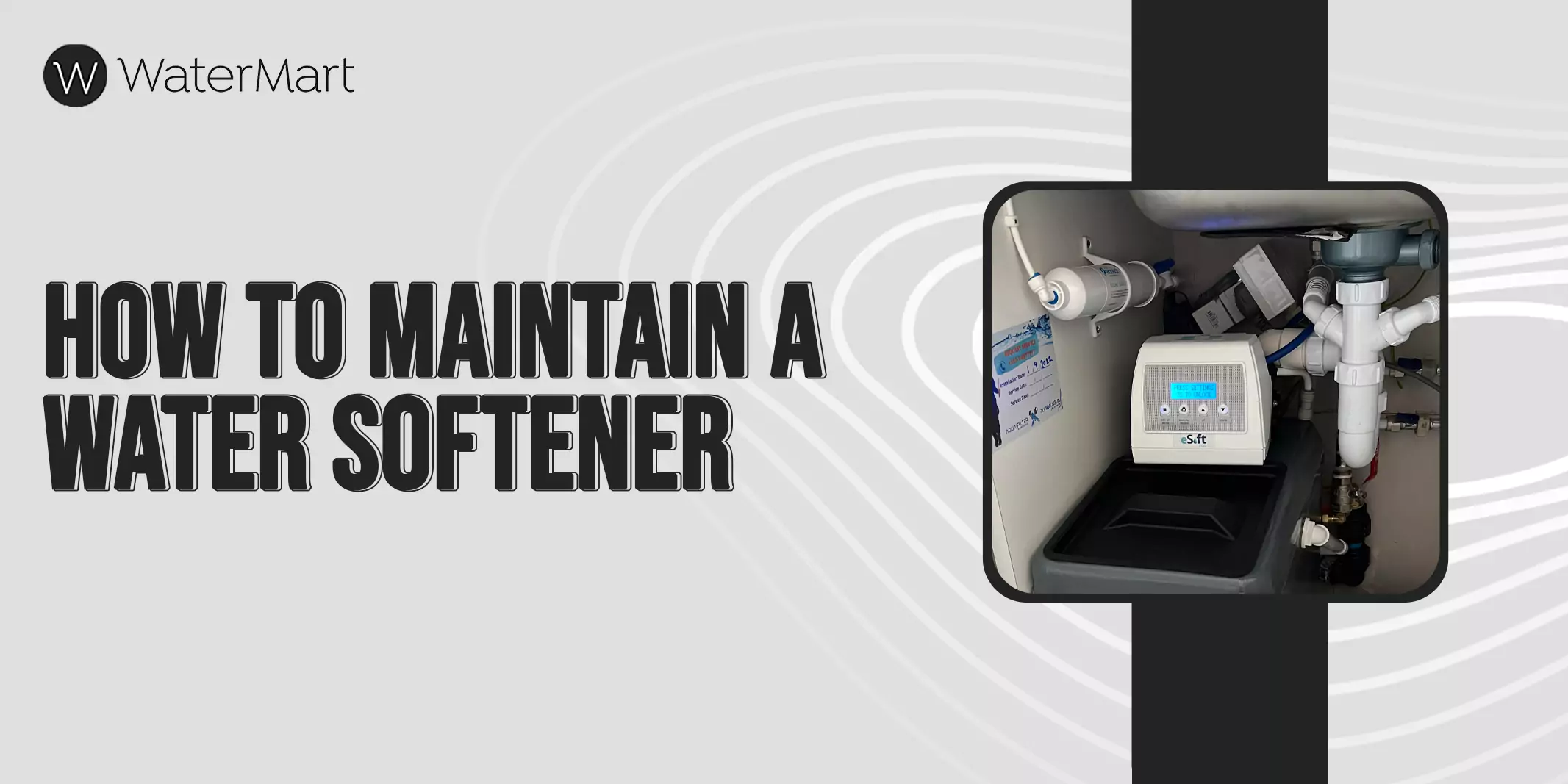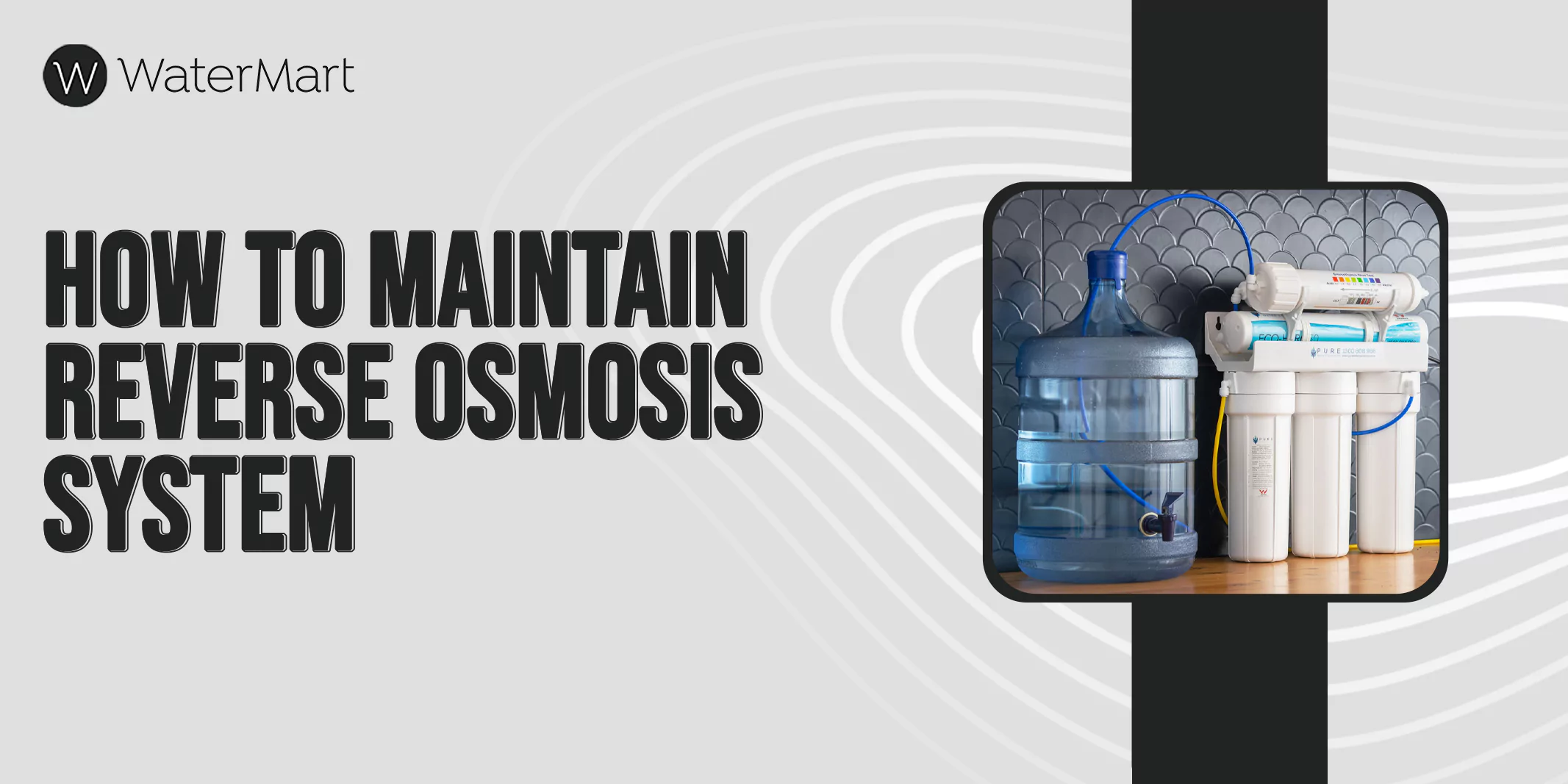Your cart is currently empty!
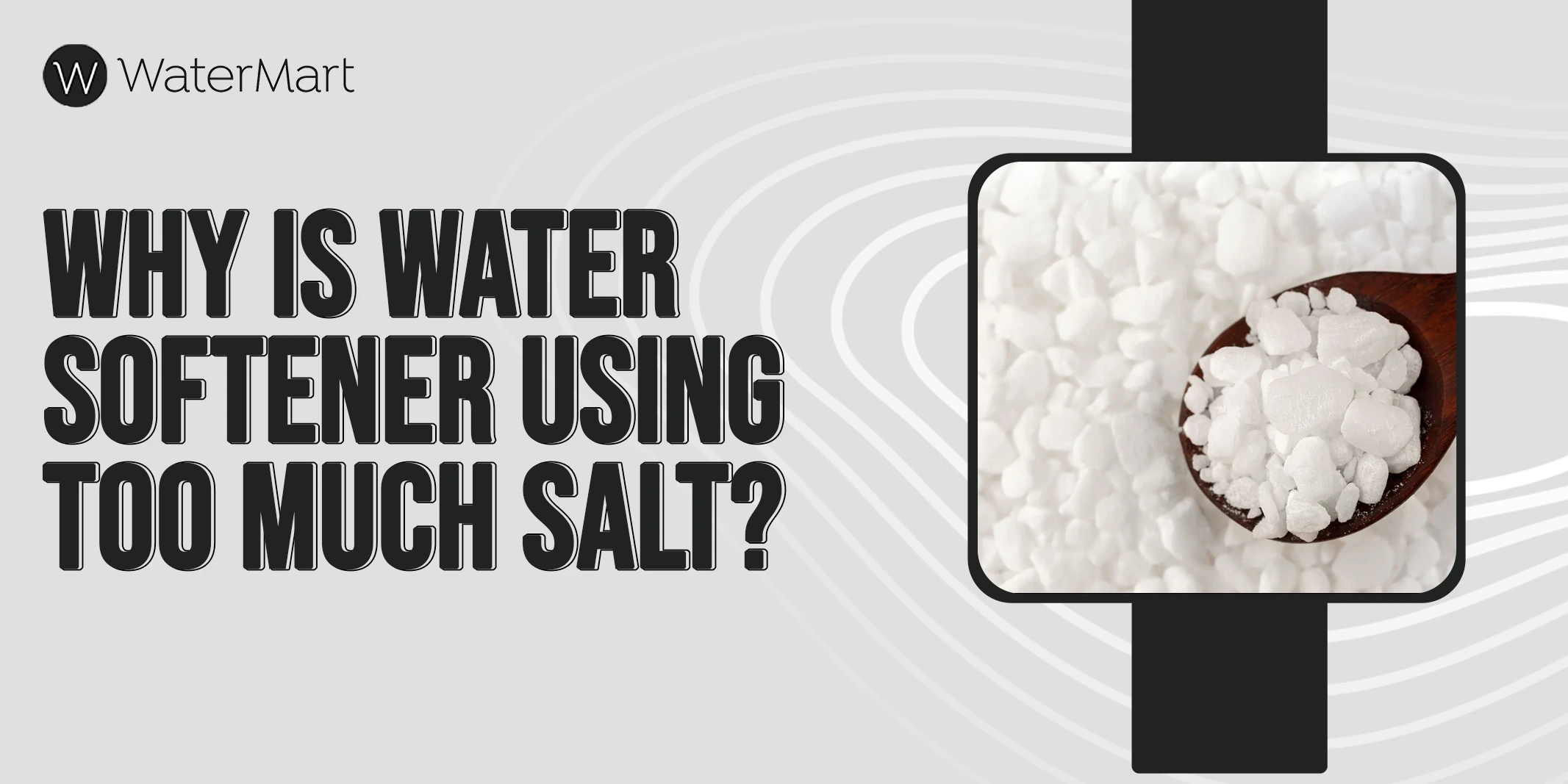
Why is water softener using too much salt?
If you have installed water softener filtration and get excessive salt usage or hard water supply, you might be either missing the right size of the filtration plant or re-generation is not properly working. But what if everything is working fine and your water softener is using too much salt or your filtered water is…
